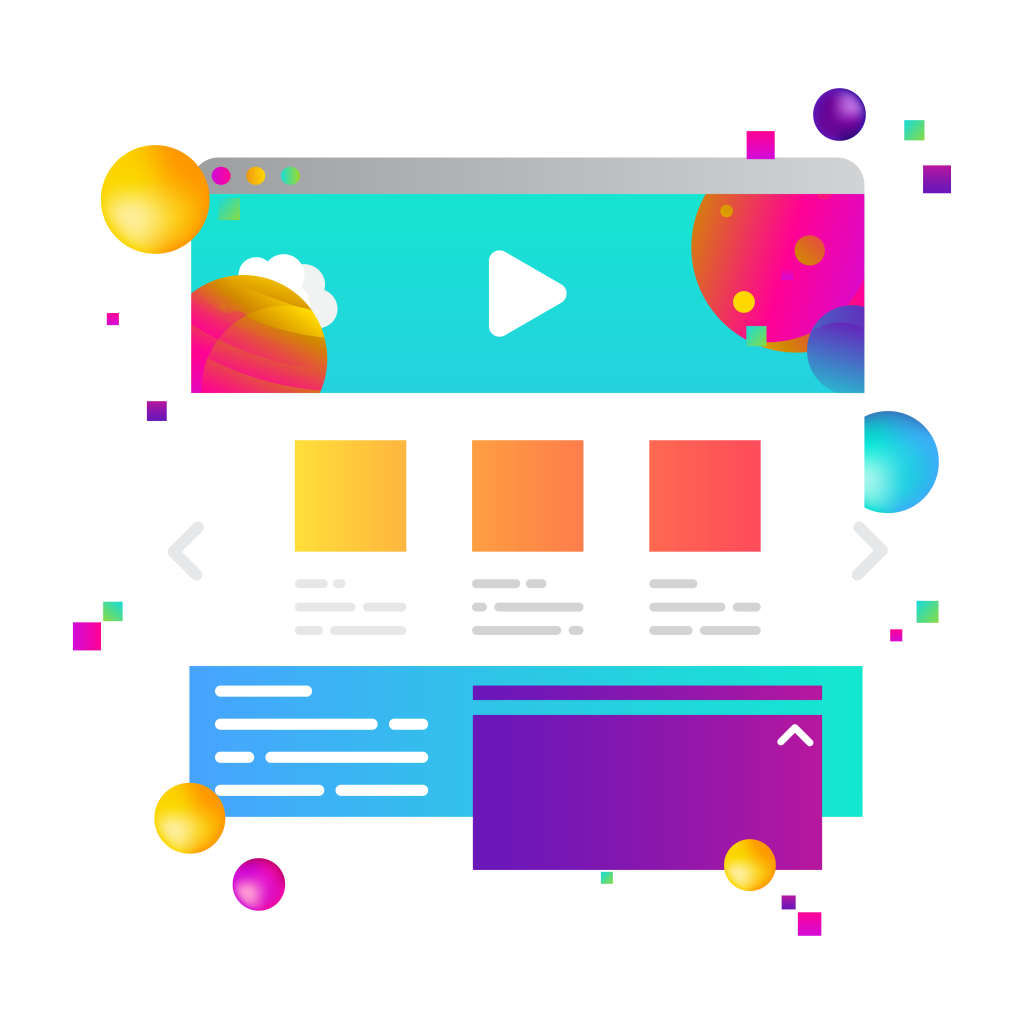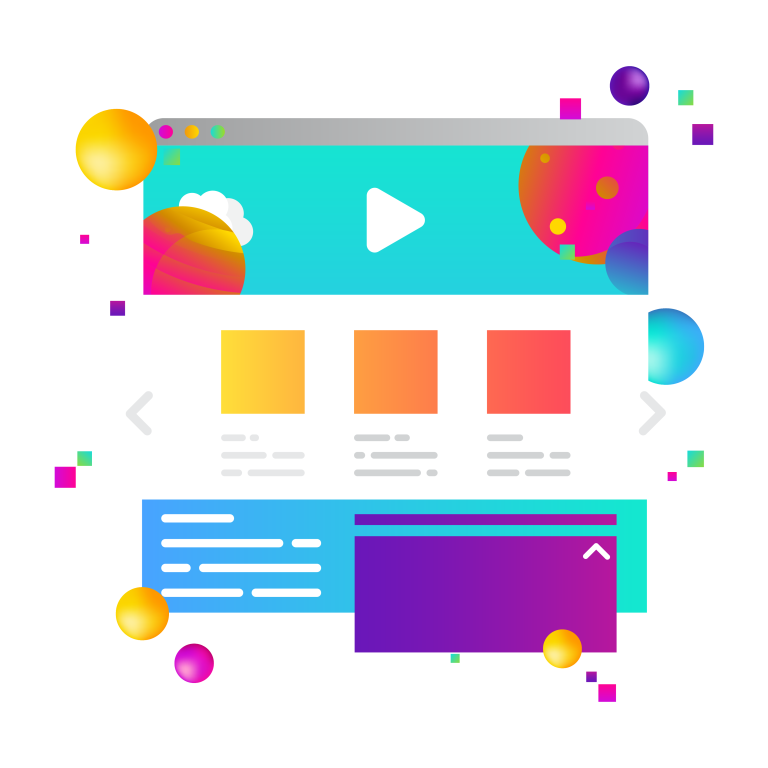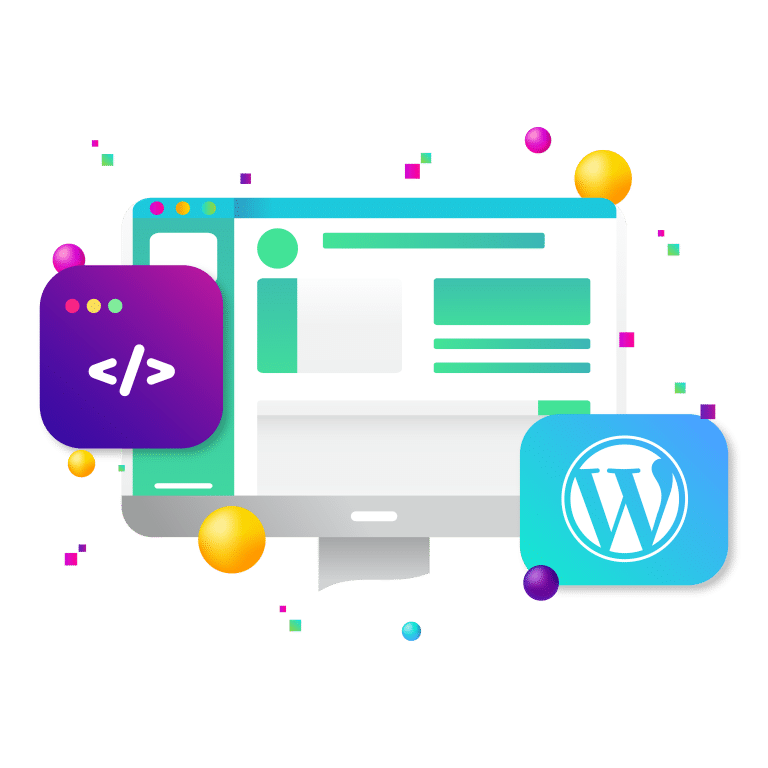
Words matter. What we call the people who visit our websites shapes how we design for them. “User‑centered website design” (UCD) taught the web industry to prioritize tasks, flows, and usability. That was an important step forward. But “users” can become abstractions—personas reduced to bullet points and funnels that ignore the messy, nuanced, emotional reality of being human.
Human‑centered website design (HCD) goes further. It begins with the whole person—their context, capabilities, limitations, feelings, beliefs, aspirations, and the broader environment in which they live and work. It treats a website as one touchpoint in a relationship, not just a series of screens to complete a task. And for organizations that want to connect deeply and convert consistently, that shift makes HCD a far superior approach.
At New Target, we place people first. That philosophy runs through our website design, branding, development, and marketing work for brands you know and nonprofits you love. Below, we’ll explain why designing for humans, not abstract “users,”creates more meaningful experiences and better business outcomes, then show how to put HCD into practice on your next redesign.
“User” vs. “Human”: What Changes in the Website Project
The terms sound similar, but they push teams to focus on very different things:
- UCD is typically task‑centric. It prioritizes efficiency, reducing clicks, and making the interface “usable” so a person can complete a narrowly defined action. Success often looks like improved task completion and time‑on‑task metrics.
- HCD is person‑centric. It prioritizes meaning. It asks why someone is here, what success means to them beyond the screen, and how the experience should feel. It also accounts for the social, physical, and cognitive contexts in which people use a website—on a bus, late at night, with a screen reader, while multitasking, or while anxious about making a big decision.
That broader lens changes everything: the research we do, the choices we make in content and interaction design, the integrations we implement, and how we measure success.
Seven Reasons Human‑Centered Website Design Wins
1) Emotions and story drive action
People don’t fall in love with websites; they connect with stories. Human‑centered website design teams treat brand narrative as a first‑class design material because emotions shape memory, attention, and trust. Your website is often the first place that story must land.
That’s why we pair HCD with brand strategy—clarifying purpose and voice with services like Brand Discovery, Messaging Architecture, and Creative Writing. And if you’d like a fast primer on how story fuels performance across the funnel, our post on crafting a compelling brand story digs deeper.
2) Accessibility is the floor, not the ceiling
Designing for humans means designing for all humans. Accessibility is not a website compliance checkbox, it’s core to the experience. HCD builds inclusive interaction patterns, color and contrast systems, and content structures from the start, not bolted on at the end.
We regularly help organizations make website accessibility a competitive advantage through our WCAG & Section 508 accessibility services. Centering inclusive website design widens your audience, improves SEO, and boosts conversions precisely because your experience is simpler and more respectful for everyone.
3) Content leads; containers follow
Humans come for content—answers, reassurance, instructions, inspiration—not for grids and gradients. HCD puts website content strategy first, aligning what you publish with what people actually need in their moment of need. Structure, navigation, and page design become the supportive scaffolding for story and substance.
We’ve long advocated a content‑first approach; see our blog post on why form follows content strategy and how content quality correlates with UX and outcomes. Then, connect that strategy to execution via Content Marketing and Creative to ensure the message lands with clarity and heart.
4) Real life crosses systems—your website should, too
Humans experience your organization across channels and databases, not just pages. When donations don’t sync, members can’t log in, or buyers can’t find their order history, they don’t blame your “integration layer” they lose trust in you.
HCD looks at the whole relationship and removes seams. That often means disciplined website integrations and data design across CRMs, AMSs, ecommerce, and analytics. Our Website Integrations team connects the dots (Salesforce, HubSpot, WooCommerce, and more) so experiences feel effortless for the person on the other side of the screen. For deeper CRM work, see our Salesforce Services and HubSpot Services.
5) Answers, not just pages: meet people where they search
Human‑centered websites anticipate the questions people ask before they land on your website and provide helpful, trustworthy answers immediately when they do. That’s why we pair SEO with Answer Engine Optimization (AEO) to earn “position zero” and show up as the definitive, direct answer in AI‑assisted search experiences. We also bring those instant answers into your site with AI Chatbot Solutions so humans get help 24/7, from anywhere on your domain.
Explore our AEO services and how they complement Search Marketing to own critical questions across Google, voice assistants, and AI answer engines.
6) Microinteractions and motion communicate feeling
Microinteractions, the little confirmations, hovers, toasts, and transitions, carry emotional weight. They reassure, reward, and guide. HCD pays attention to these tiny moments because humans notice them, consciously or not. See our perspective on microinteractions and UX, and how we bring motion in thoughtfully through Interactive Design—not as decoration, but in service of clarity and momentum.
7) Data becomes a story (humans understand stories)
Analytics are human, too. Numbers only change behavior when they’re translated into meaning. We visualize impact and progress through dashboards, maps, and reports that people can feel and act on because they tell a story.
Browse our Data Visualization services for examples of turning website complexity into clarity. And when you’re ready to move beyond raw metrics, our Marketing Analytics offering gives you first‑party, privacy‑respecting insights you can trust.
What HCD Looks Like on a Website Project
Human‑centered design is a way of working, not a deliverable. Here’s how it typically unfolds on our engagements.
Begin with real people, not assumptions
We gather the raw material for empathy. That can include stakeholder workshops, audience interviews, moderated usability tests, and analyzing support tickets or search logs. We also map real‑world journeys before, during, and after the website visit to understand emotions and obstacles at each stage. If you’re weighing where to invest first, our take on customer journey mapping shows why it still matters.
Then we define human outcomes alongside business metrics. “Increase membership” becomes “help a first‑time visitor feel confident they belong and make joining effortless on mobile with Apple Pay.” That shift in language keeps teams accountable to human success.
Co‑create the content and interface
HCD connects story and structure. We workshop the narrative (why we exist and why it matters) and translate it into IA, navigation, page models, and component libraries. Our website designers and writers collaborate early so content and layout support each other—in line with our belief that web design follows content strategy. If you’re starting a website redesign, revisit the principles in our blog article on that topic to set the right foundation.
Prototype the feeling, not just the flow
Wireframes are helpful, but prototypes that include microinteractions, motion, and real content are better for testing whether the experience feels right. Our Interactive Design process uses iterative collaboration and journey mapping to make sure the emotional beats land.
Build on tech your team can love
Humans include your website editors and website admins, too. We implement on platforms that make day‑to‑day work a joy, often WordPress for flexible marketing teams or Drupal for enterprise content, complex permissions, and scale. We connect systems thoughtfully through Website Integrations so people don’t feel seams when they log in, donate, or buy.
Make accessibility a website design constraint (the good kind)
We design and test for accessibility from the first component through launch with color, contrast, focus states, forms, error messaging, and media alternatives planned up front. Our Accessibility team combines automated scanning with manual testing on real assistive technologies to ensure the experience works beautifully for everyone.
Launch and care for the relationship
Human‑centered websites don’t end at launch. They’re supported and improved like any long‑term relationship. We host and secure sites with Managed Website Hosting and keep them fast, safe, and up to date with Website Maintenance & Support. We help people find you with Search Marketing, answer their questions with AEO and AI Chatbots, and then measure what matters with Marketing Analytics.
How We Measure Success—Like Humans
User‑centered projects often stop at task metrics. Human‑centered website projects keep those and add the signals that show whether the experience worked for a person in their real life. Consider metrics such as:
- Confidence moments: Did more people complete high‑stakes tasks (join, donate, register) on their first attempt, without contacting support? Did error‑state exits go down?
- Emotional resonance: Are time‑to‑first meaningful content and scroll depth on story pages improving? Do post‑visit surveys show higher agreement with “I felt understood”?
- Equity of experience: Are completion rates and performance similar for keyboard‑only users, screen readers, and low‑bandwidth visitors?
- Continuity across systems: Did integration work reduce double entry, failed logins, or broken hand‑offs between site and CRM? Are we personalizing ethically with clear consent?
- Answer velocity: How quickly do visitors find high‑intent answers onsite or via AEO? Are branded answer boxes and voice results driving the right traffic and actions?
When teams see movement in those human indicators, conversion lifts tend to follow.
A Practical HCD Checklist for Your Next Website Redesign
Use this as a starting point; adapt it to your context.
- State the human outcome. “Help anxious first‑time filers understand eligibility in 60 seconds” beats “Redesign the eligibility page.”
- Map real journeys. Before screens, draft the moments people live through. Include emotions, environment, and channels. (If you need a refresher, this journey mapping explainer is a quick read.)
- Do lightweight research, early. Five interviews beat five committees. Validate assumptions fast.
- Let content lead. Draft the messages and microcopy first; lay out components after. Our view on why web design follows content strategy is here if you want to socialize the idea internally.
- Design for accessibility from day one. Color, contrast, focus, error states, motion preferences—baked in, not layered on. Our accessibility services can help you make a plan.
- Prototype the feeling. Include real content, microinteractions, and motion (sparingly) to test confidence and clarity, not just paths.
- Integrate the relationship. Plan SSO, CRM syncs, and data governance so the experience feels seamless. Start with your integration roadmap.
- Be answer engine ready. Structure content for direct answers and schema. Pair SEO with AEO and add an onsite AI chatbot to respond instantly.
- Instrument meaningfully. Define events that reflect human success. Move beyond pageviews with first‑party marketing analytics.
- Invest in care and continuity. Host, maintain, and iterate with a cadence that respects your audience and your team. (Hosting+ and Website Maintenance & Support keep you safe, fast, and calm.)
Bring a Human to Your Next Website Redesign
The future of the web is more human, not less. AI may help us route answers faster and personalize at scale, but the brands that win will still be the ones that respect people’s time, dignity, and emotions and design for the whole journey, not just the click.
If you’re ready to elevate your experience with HCD, we’d love to help. Explore our Website Design, Interactive Design, Accessibility, Integrations, Search Marketing, AEO, AI Chatbots, and Marketing Analytics services or keep learning on our Digital Insights blog.
Design for a “user,” and you might improve a task.
Design for a human, and you can transform a relationship.


